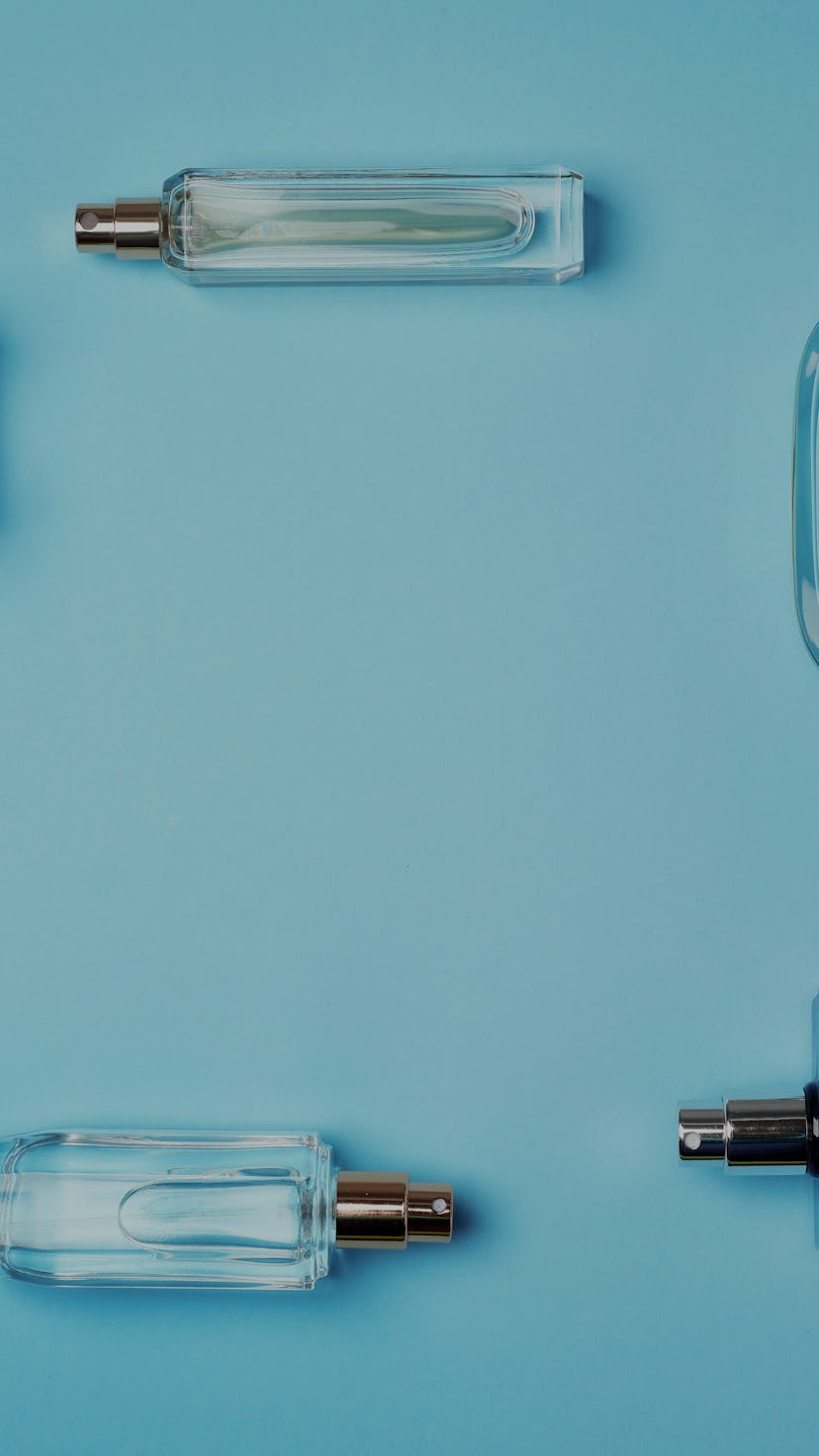Gendered fragrances are a lie and non-binary scents are proof

The world is finally awakening to the idea that gender is a social construct and recently, the concept of gender fluidity has breathed fresh air into the fragrance industry. Indie brands that sell only gender-neutral fragrances, such as PHLUR, Laboratory Perfumes, and Henry Rose have emerged, while other brands, like Francis Kurkdjian, now offer them alongside more conventional fragrances.
Unlike, say, Calvin Klein’s CK One, released in 1994, these products aren’t just unisex, that is, created to appeal to men and women alike — instead, they consciously flout the binary altogether. “We were trying to depart from the tired messaging of the fragrance category for the past 70 years, which was entirely laced in sex, the objectification of both genders, and an almost carnal misogyny," PHLUR founder and CEO Eric Korman told The Hollywood Reporter.
Indeed, the fragrance industry has long relied on gender tropes in its marketing, says Thomas Cleland, a professor of psychology who researches olfactory sensory processing at Cornell University. A typical perfume commercial stars a woman in an evening gown, dripping jewels, while a cologne commercial often features a man, either shirtless (all the more to showcase his hulking, muscular physique) or buttoned up in a suit. In THR, perfumer Ben Krigler traces the roots of this gendered marketing to the 1940s, when fragrance brands began collaborating with film studios, and “alpha males,” like Humphrey Bogart and Clark Gable plugged their men’s products.
But what makes a fragrance feminine or masculine, anyway?
Scent profiles aren’t intrinsically feminine or masculine, Cleland says. Rather, as described above, brands have marketed certain scent profiles as one or the other. Our brains try to interpret these scents by drawing various associations, including those reinforced by marketing. When we smell a fragrance, our expectations of who it’s designed for — conveyed through not only advertising, but also packaging (which often even bears the label “for women” or “for men”) — plays a powerful role in shaping whether we interpret it as feminine or masculine, Pamela Dalton, a researcher at the Monell Chemical Senses Center in Philadelphia, tells Mic.
That said, thanks to decades of extremely gendered marketing, we generally perceive powdery, floral scents as feminine, with slight variations based on what’s trending, Dalton says. These days, women’s fragrances have shifted from the heady, cloying scents popular in the 80s (like vanilla or amber), toward fresher, lighter scents. Take JOY by Dior, released in 2018, which has citrusy top notes that “connote a certain kind of energy.” Top notes are what we first smell when we spritz on a fragrance, Dalton explains. Since they consist of small, light molecules, they fade quickly from the skin. Middle notes are slightly heavier, and linger on our skin for longer, while bottom notes, like musk and balsam, are heavier still and cling to skin the longest.
Fragrances marketed to men, on the other hand, steer mostly clear of powdery, floral scents and tend to have “musky, sensual animal notes,” Dalton says. “Sometimes the top notes for men are grassier and more herbal.” Cleland describes the scent profile in these products as “piney” and “woody”— think the slightly astringent smell of freshly-cut wood.
How would a brand go about concocting a fragrance with a floral or woody scent profile? Very simply put, they would consult a database like the one published by The Good Scents Company, which lists the various chemical compounds that produce scents we would consider floral or woody, and begin playing with different combinations of them as a first step, Cleland says. As far as how brands would develop a non-binary fragrance, he imagines they would use scents that yield something that sits between the extremes of what we’ve historically perceived as feminine and masculine — “not too much like Chanel No. 5 and not too much like an aftershave.”
Hanami, by nonbinary fragrance brand PHLUR, seems to fit these criteria, containing white floral, fig, hazelnut, and sandalwood notes. Dalton says white floral notes give fragrances balance without overpowering them. Sandalwood, meanwhile, is technically a woody scent but doesn’t fit squarely into that category, and although not quite floral, it does have a delicate quality, Cleland says. Gorse, by Laboratory Perfumes, another nonbinary fragrance brand, also falls somewhere in the middle of the spectrum, with notes of citrus, cardamom, and coconut. Henry Rose’s line is inspired by founder Michelle Pfeiffer’s “scent memories,” and include notes of vetiver, vanilla, and patchouli.
It’ll be interesting to compare the marketing of nonbinary fragrances to that of the gendered marketing of traditional fragrances, especially their effect on our perception of scent. Nonbinary fragrances often have clean, minimalistic branding, perhaps to invite us to project our own understanding of gender onto them. While fragrances alone won’t shatter the binary, they can at least prompt us to examine the arbitrariness of the scents we deem “feminine” or “masculine” and how these categorizations permeate every aspect of our lives, even influencing how we want to smell.